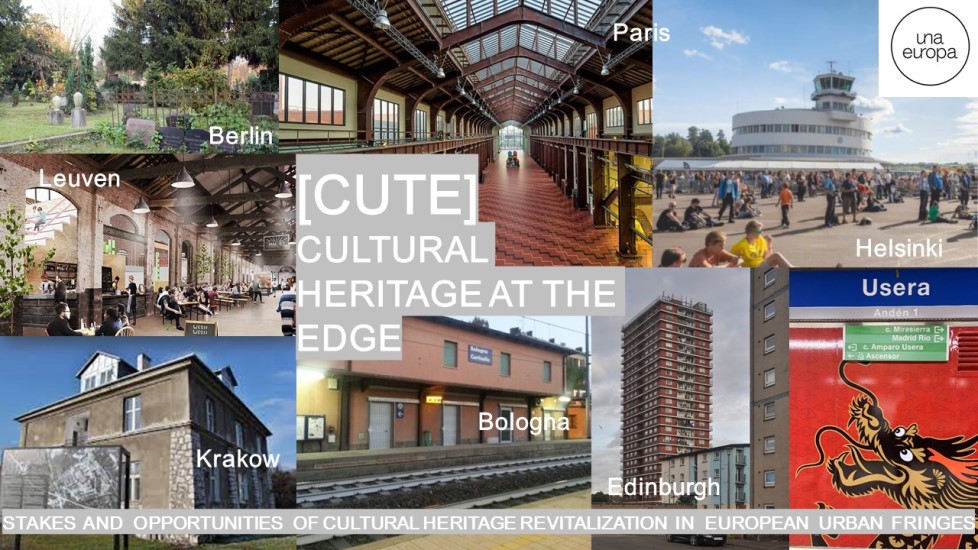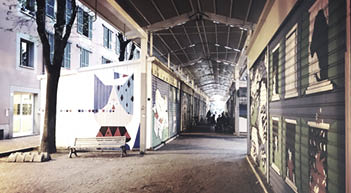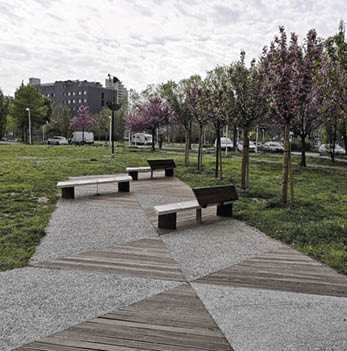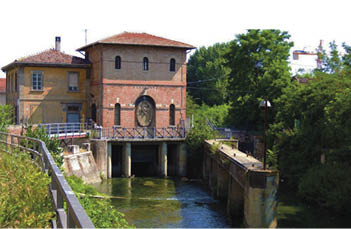
|
|
|
Case Studies > Bologna - historical peripheriesThe city of Bologna has a long history of targeted and specific tools for enhancing cultural heritage not only as a city center resource, but as an asset for suburbs and fringe metropolitan areas, where its appearance is less expected. This cultural change has determined the enlargement of the protection perimeter to include parts of the city now recognized as common heritage. These areas are crossed by transformations that affect the relational dimension between the city and the world and are characterized by the rapidity and liveliness of exchanges. They are crucial for contemporary metropolization and are also attracting new interest from national, regional and local governments, as well as from private investors and local communities. Corticella, Bolognina, Navile, Pilastro, Cirenaica are among the most iconic peripheries which present different processes and social reconfigurations involving formal, functional, and symbolic changes in their material and immaterial heritage: the formulation of new uses of public spaces, the creation of new identities through art, valorization of different cultures, the creative reuse of contemporary industrial heritage and the valorisation of the natural one. These places and their specific topic are the object of the analysis of the students of the course “Urban Policies” of the Advanced Service Design curriculum of the University of Bologna.
Francesco Albani market Bolognina © Da Tos
Artistic Linear Park Bolognina © Paruto&Wirz
Sostegno del Battiferro Navile © Wikipedia
Chimney Thermal Plant Corticella © Foti-Galioto-Pane-Recalcati |
| Online user: 2 | Privacy |

|




